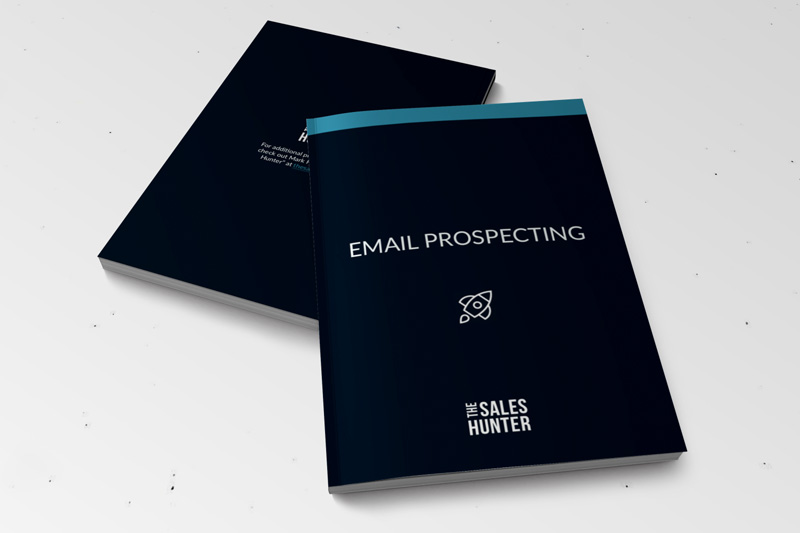So, you think you have a great prospect; however, why do you think they’re even interested in you or what you sell? Sales is a two-way street. You can have all the feelings you want, but the customer’s feelings are really what matter. Get over yourself and your feelings, because they don’t count!
A key way to measure how the prospect feels about you and your potential to help them is by how much information they’re willing to share with you. If they’re quiet and unresponsive, the only way they will buy from you is if their pain is so great that they have to buy from you or they just care about a low price, which is more often the case.
In the prospecting phase, your objective as early as possible is to get the prospect to share confidential information with you. This is considered any information that the outside public doesn’t know. This is key for several reasons. First, it indicates that the prospect trusts in you. Second, this is information to build upon.
Take a moment to put yourself in your prospect’s shoes. Ask yourself: would you share confidential information with a salesperson you did not trust or have confidence in? No! Every good sale is built on confidence and the ability for the two parties to trust one another. Your job in the prospecting phase is to allow the prospect to gain confidence in you. The sooner they trust you, the sooner you will hear the information you need to know to help them. The greater the level of trust, the less of a need to negotiate. It’s a direct correlation, and it starts in the prospecting phase.
The fastest way for the prospect to build confidence and trust in you and in turn, be willing to share confidential information is for you to be seen as not just an expert, but someone who cares. The world is full of experts who don’t care about others. People in the world desire experts who care, so that’s the role you need to play. Do this by asking questions that are relevant to the prospect’s needs and their industry. As you ask these questions, you can share how you’ve seen this in other companies. Some sort of magic happens when the prospect begins to hear that this is not your first rodeo. An example I like to use is if you were needing surgery and the surgeon had never performed that kind of surgery before, you would be cautious. Conversely, if the surgeon tells you that they’ve seen this case hundreds of times and always had a positive, safe outcome. Boom! Immediately, you’d feel reassured that you’re making the right decision and comfortable with sharing everything with the surgeon. Start viewing yourself as the experienced surgeon.
Once you hear a piece of confidential information, your job is two-fold. First, ask a follow-up question so you can gain even more insight into what they shared. Your follow-up question also tells them that you care and you value what they’re saying. Second, use the confidential information as a way to start off your next conversation with them. I have found this to be powerful, because the question you asked in an earlier meeting links the two conversations. Also, this approach gives the prospect even more confidence about your ability to listen and care.
If you missed the video and blog post from last week where I laid out the five points in qualifying a prospect, check out the blog and video link. I promise both will be well worth your time. In the coming weeks, I’ll dig into the other four points.
Blog post: How Can I Tell If I Have Qualified Prospects?
Video: How Can I Tell If I Have Qualified Prospects or Just Bad Leads?
As we talk about this subject over the next 5 weeks, I suggest you take 2 important action steps. First, buy my book: High-Profit Prospecting – available in paperback, audiobook and Kindle. Second, join my High Profit Sales Coaching program here. Both will yield valuable results for you and your business.
Copyright 2019, Mark Hunter “The Sales Hunter.” Sales Motivation Blog. Mark Hunter is the author of High-Profit Prospecting: Powerful Strategies to Find the Best Leads and Drive Breakthrough Sales Result












